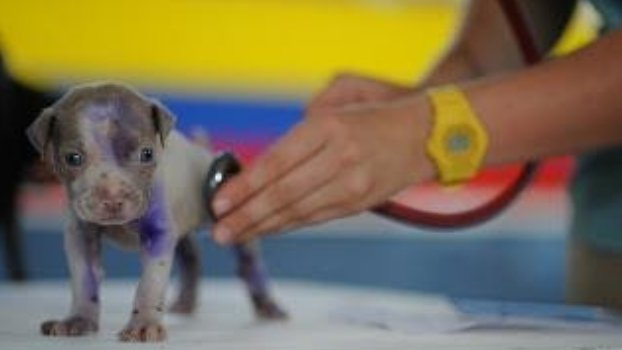Telemetry monitoring has long been in use in human healthcare. Telemetry devices are widely used
to monitor electrical activity in the heart to diagnose a range of cardiac disorders such as arrhythmia’s
and other electrical disturbances, and patients are often continuously monitored for 24 to 72 hours.
In human healthcare, telemetry devices are also used to monitor and diagnose a wide range of other
conditions, such us blood clots or fluid build up in the lungs, strokes, and kidney failure, and are also
used to monitor patients under anesthesia or sedation while under surgery.
However, telemetry devices remain under utilised in the veterinary industry. Telemetry has been
traditionally restricted to monitoring animals during surgery and in immediate post-operative recovery,
but emerging technology is set to change that.
Veterinary Telemetry Goes Wireless
Alpha Vet Tech’s innovative WirelessZoo telemetry device is currently in the final stages of clinical
testing, and is set to change the game for vets when it launches later this year.
Currently, wired telemetry devices in use in the veterinary industry are limited to monitoring animals
while they’re unconscious due to cumbersome designs that restrict the animal’s movement and are
therefore unrealistic for use while the animal is awake.
However, the wireless streamlined design of WirelessZoo™ allows vets to continuously monitor animals
in real time while they’re awake. This offers vets the opportunity to drastically improve animal
healthcare by providing around-the-clock monitoring to better track recovery and diagnose disorders –
much in the same way that telemetry monitoring has transformed human healthcare.
Wireless Telemetry is Better for Business
Wireless telemetry also offers vets several opportunities to increase the profitability of their practices.
WirelessZoo™, for example, is much cheaper than many other wired monitors currently on the market,
and offers vets the opportunity to charge more for a higher level of service – such as providing
detailed health reports of pets as part of a standard consultation.
As wireless telemetry takes off in among vets, it will also improve the level of care in the industry –
much like the big data revolution has transformed human healthcare by putting detailed patient data in
the hands of patient care teams comprised of multiple doctors across a range of specialisations.
For example, data collected by WirelessZoo™ devices will be uploaded and stored in a searchable
global database that vets can refer to at any time. This might be to pull data on how a certain breed
and age of animal has responded to anesthetic or other medications.
In this way, the rapid evolution of wireless telemetry monitoring for animals is set to revolutionise the
veterinary industry and improve care outcomes just as it has for human health.
For more information on WirelessZoo™, please visit www.wireless-zoo.com


